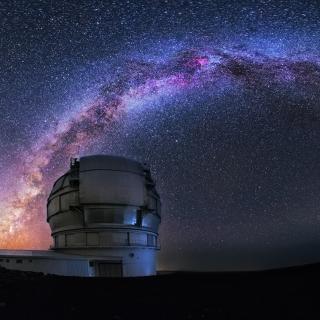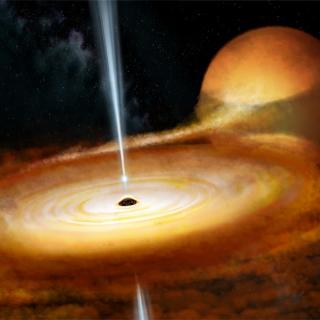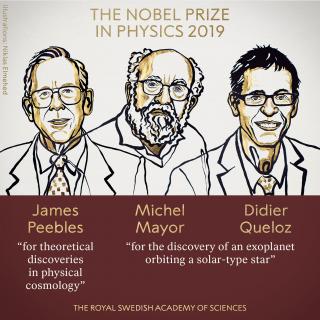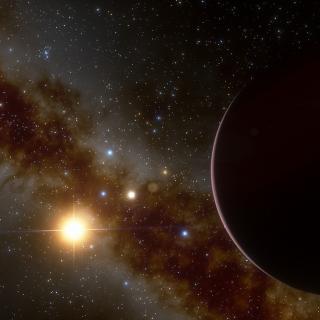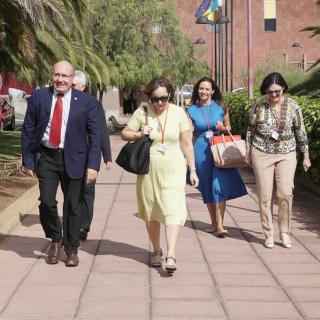
The Consul General of the Embassy of the United States in Madrid, Liza Petrush, and the Consular Agent in the Canary Islands, Ana María Quintana, recently visited the Instituto de Astrofísica de Canarias in La Laguna, accompanied by the director of the IAC, Rafael Rebolo, in order to know the ongoing collaborative projects and the current situation regarding the Thirty Meter Telescope (TMT). His visit coincided with that of Dr. Nancy Levenson, deputy director of the Space Telescope Science Institute in the United States.
Advertised on
